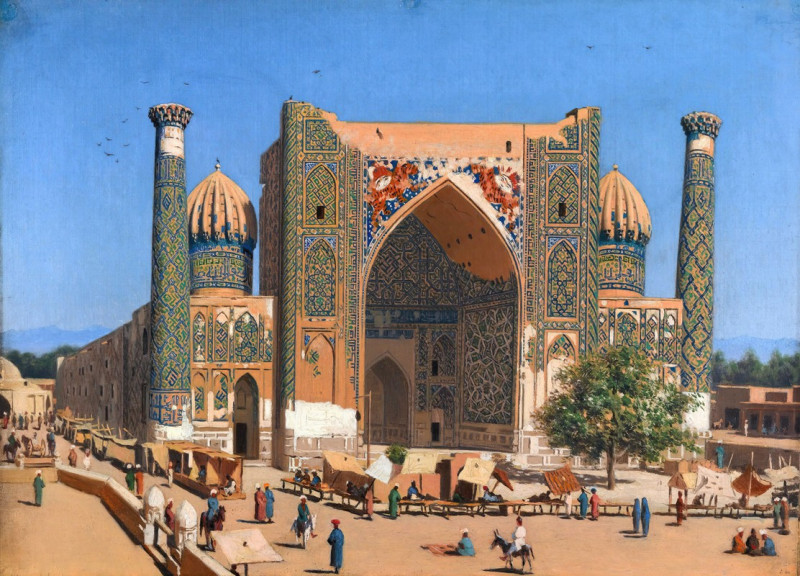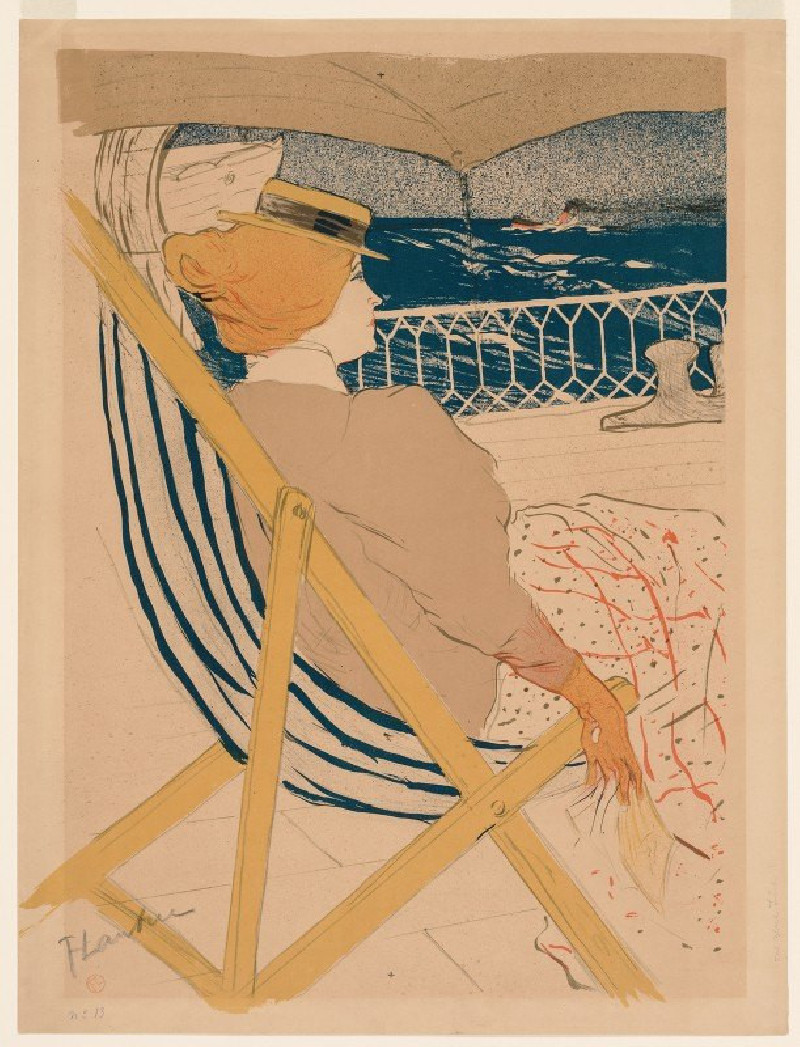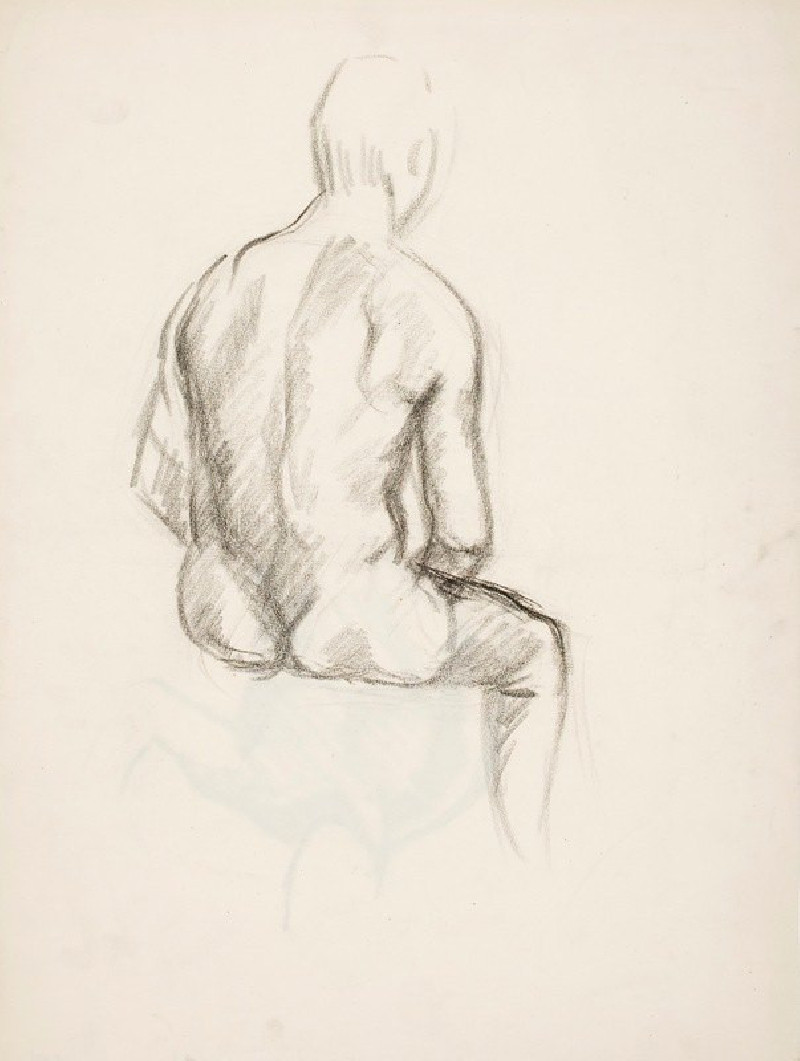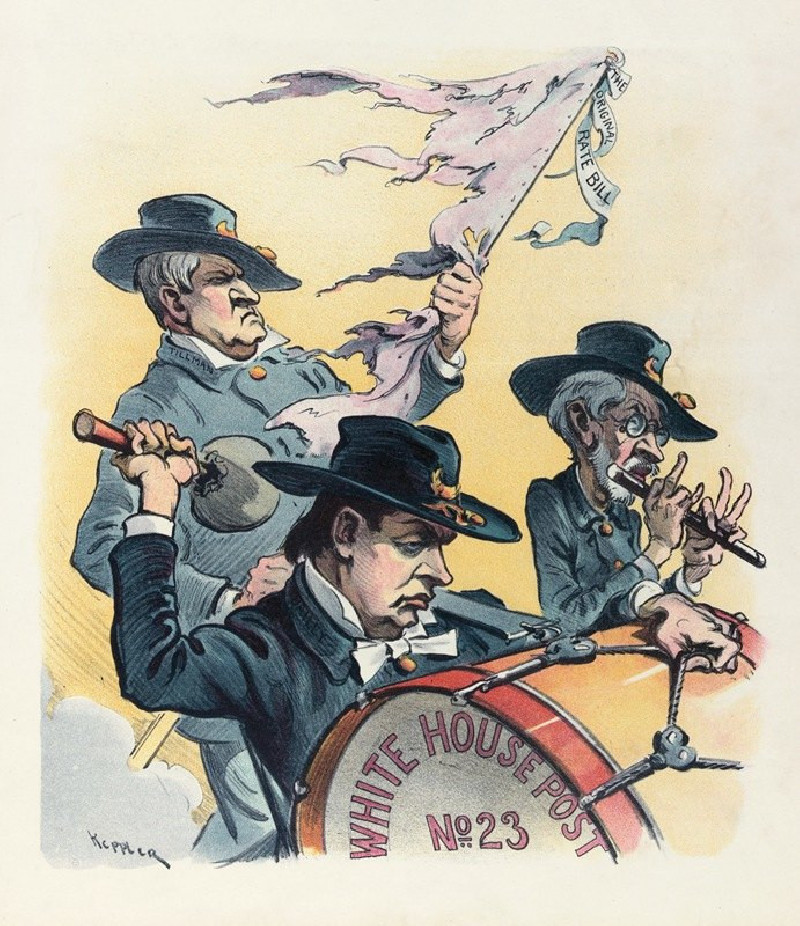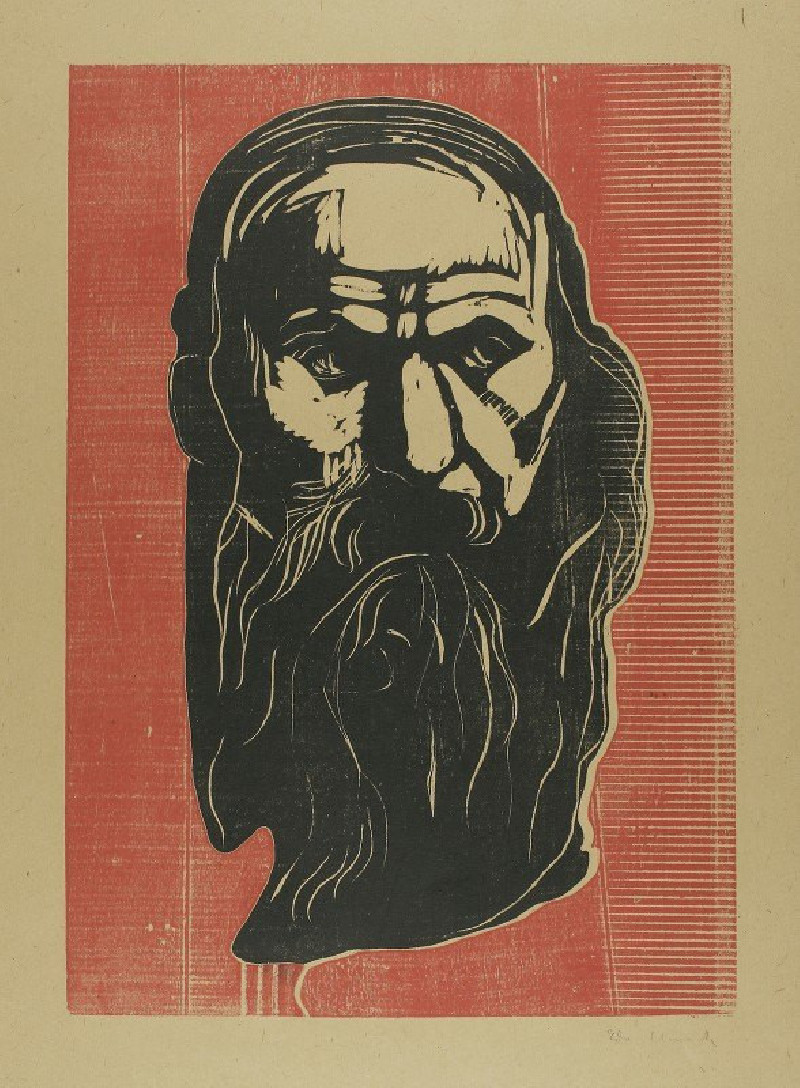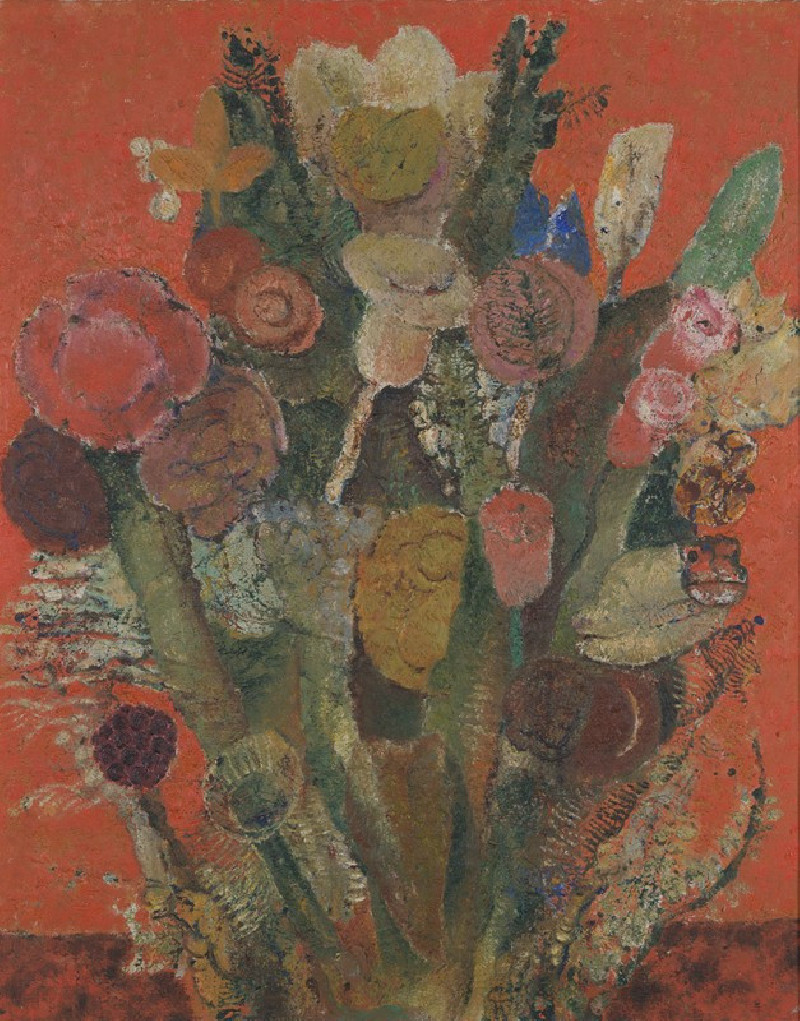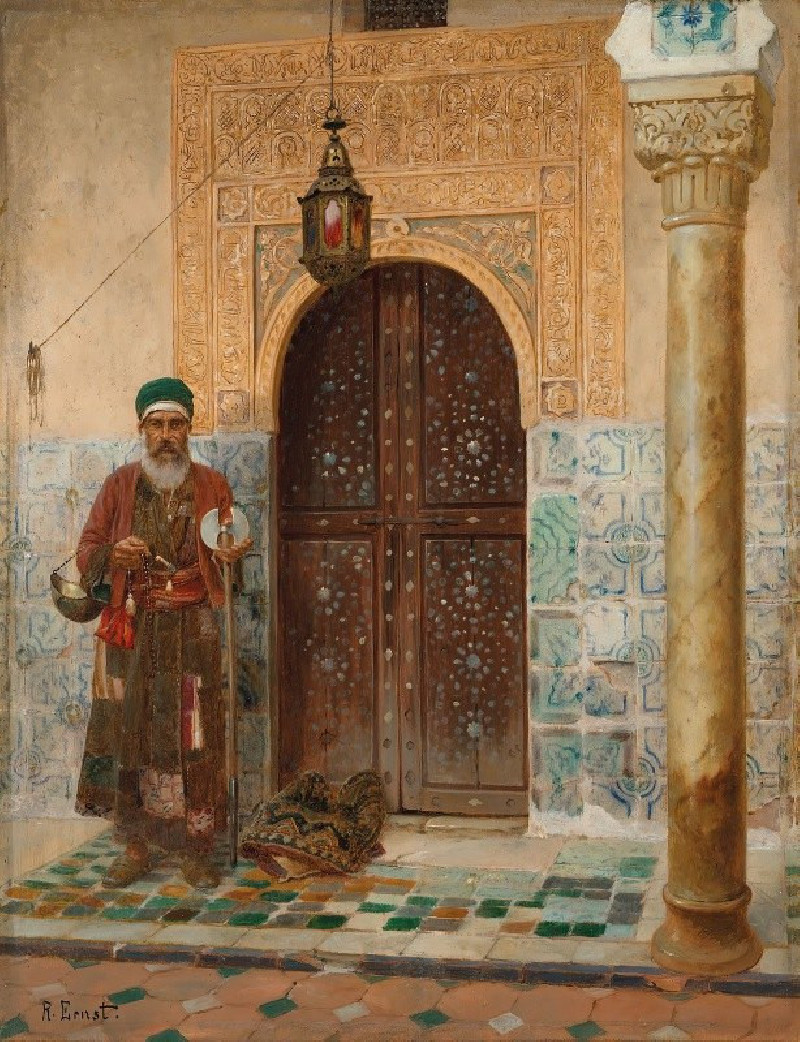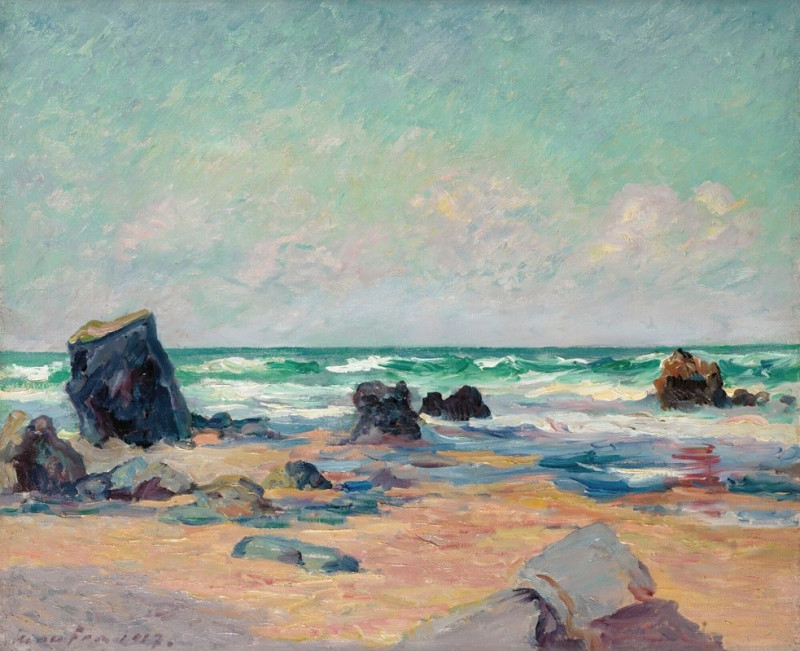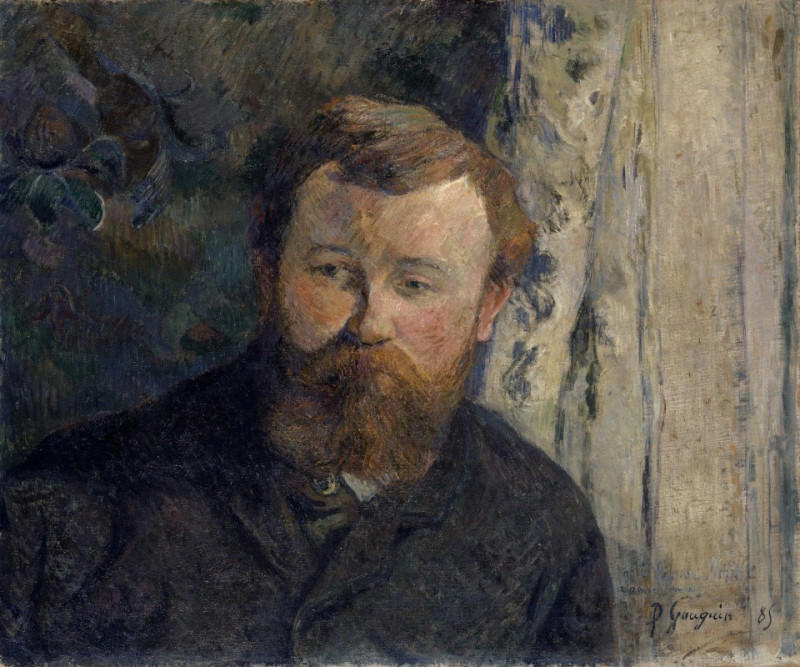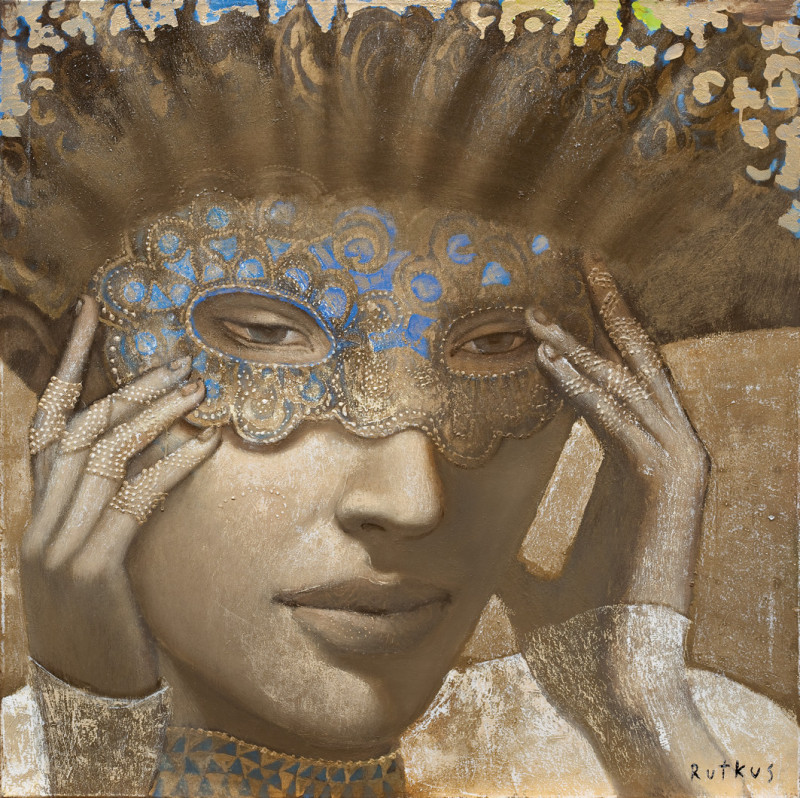Palucca (1930)
Technique: Giclée quality print
Recommended by our customers
More about this artwork
"Palucca" (1930) by Ernst Ludwig Kirchner is a vibrant and dynamic expressionist painting that captures the essence and movement of its subject, the famed dancer Gret Palucca. Known for his bold approach and vivid use of color, Kirchner here employs strong, angular lines and stark contrasts that evoke the energy and fluidity of dance.In this work, the figure of Palucca is depicted in mid-movement, her body contorted in a dramatic, almost acrobatic pose. Her limbs are exaggerated and extend beyond the natural proportions, enhancing the sense of motion and emotion. She wears a striking green dress, which flares out as if in mid-twirl, and a dark, feather-like headdress that adds an exotic touch to her figure. The background is minimalistic, with rough, vertical brushstrokes that suggest a makeshift stage or the abstract simplicity of a rehearsal space.This painting not only celebrates the individuality and style of Palucca herself but also exemplifies Kirchner’s mastery in conveying expression through form and color. It stands as a testament to the exhilarating modernity of the early 20th century, where art and performance found new ways to intersect.
Delivery
Returns
Ernst Ludwig Kirchner (1880–1938) was one of the most important German Expressionist painters. He was a co-founder of Die Brücke, a group of German expressionist artists formed in Dresden in 1905. Die Brücke and Kirchner took inspiration from Vincent Van Gogh and Edvard Munch, as well as African and Oceanic art. They used woodblock printing as a medium to showcase their signature style: flat, unrealistic images with vivid colors. The recurring themes in Kirchner's artworks included exotic cultures, faraway landscapes, self-portraits, dancers and Berlin street life. His paintings and prints effectively portrayed non-European cultures despite the fact that he never traveled outside of Europe.































